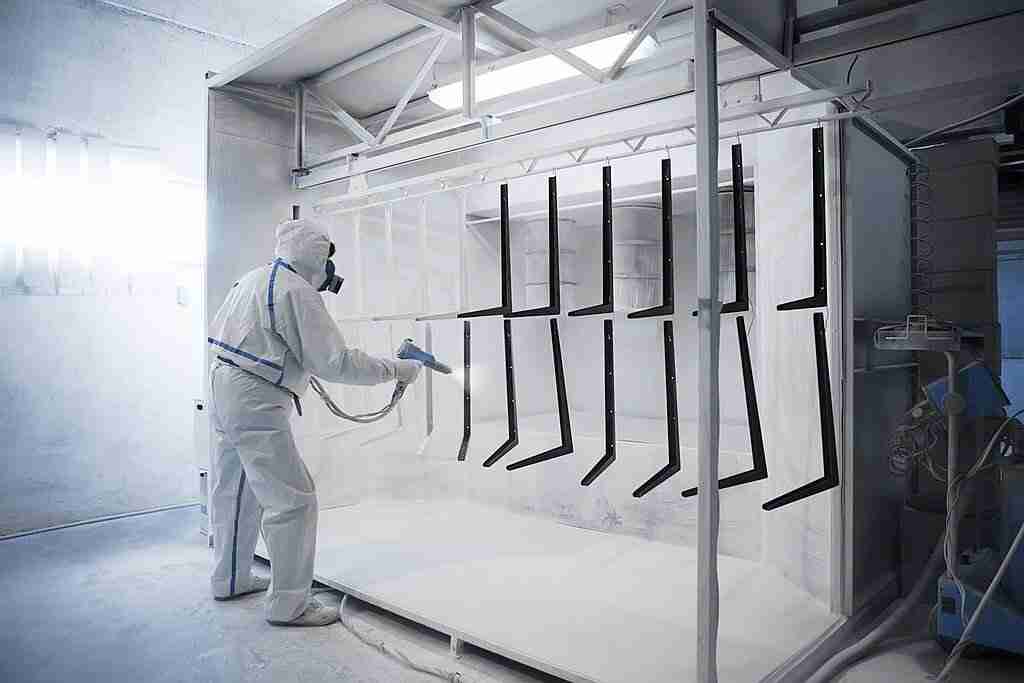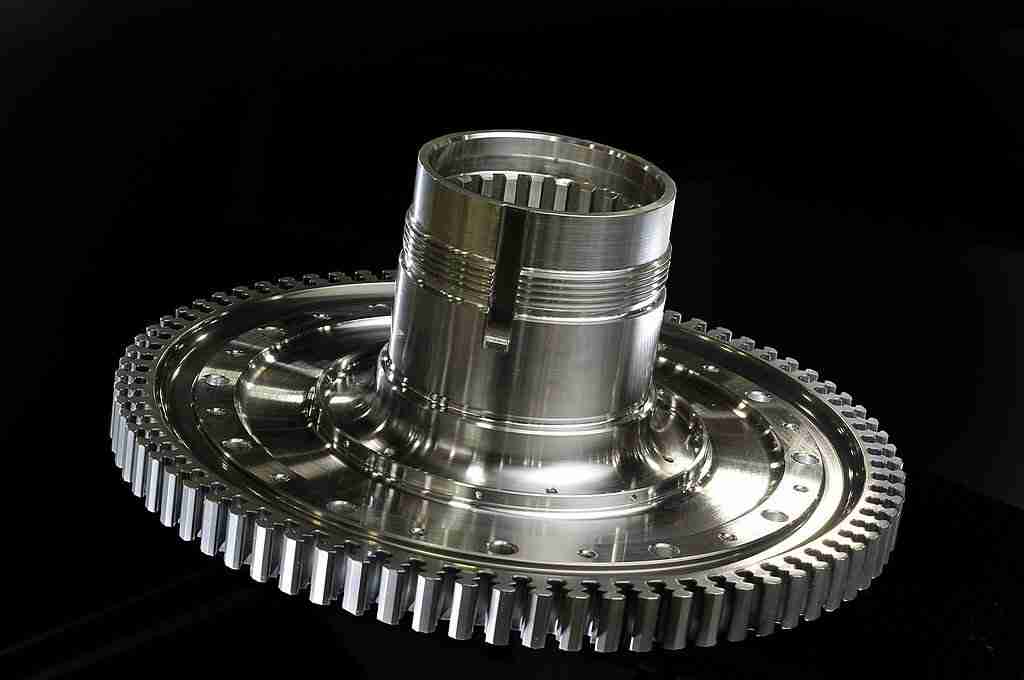Finishing Services
We offer finishing services for metals and plastics or preparing materials for coatings. Our finishing services also include laser marking services on many materials and vapor polishing on plastics.

What Can Elimold Finishing Services Do For You?
Your part is not complete until it goes through our specialist finishing department. Whether metal or plastic, from one-off prototypes to full-scale serial production, we can provide you with everything you need to bring your project to the final step to perfection; we don’t just make parts. We make them even better by applying various treatments to improve their appearance, performance, and durability.
Metal Surface Finishing Services Available at elimold
An electrolytic passivation process of forming a thin layer of metal oxide on the exterior of CNC machined parts to increase the thickness of the natural oxide layer, protect the metal, add various colors, and improve corrosion and abrasion resistance. Aluminum is the most widely anodized material, and the advantages of anodized aluminum components are well known. Still, many other metals, such as stainless steel, copper, titanium, zinc, and magnesium, can undergo the process.
The process of using an electric current to reduce dissolved metal cations so that they form a thin coherent metal coating on an electrode, to change the properties of the metal surface or build up thickness for undersized parts. Chrome plating, nickel plating, and more are often applied at CNCLATHING.
A common chemical surface treatment method, mostly for steel and stainless steel, is to use a light coat of protective material to create a shell to enhance the corrosion resistance or reduce the chemical reactivity. Passivation of stainless steel removes free iron and ferrous contaminants on metal surfaces with an acid solution to prevent rust.
The process of spraying paint, pigment, or color to a solid surface as a colored protective layer can be done on metal or non-metal CNC machined components of any shape, usually applied on aluminum, stainless steel, and steel alloy parts. The purpose is to improve aesthetic appearance and prevent corrosion or oxidation.
The technique, also known as blackening, or gun bluing, is a chemical process of forming a black conversion coating on stainless steel, copper and copper-based alloys, zinc, powdered metals, silver solder, and ferrous materials; the black oxide coating can improve corrosion resistance and minimize light reflection.
Polishing, also known as buffing, is a process of rubbing the surface of parts or utilizing a chemical action to produce a smooth and shiny surface, making the surface get significant specular reflection or reducing diffuse reflection in some materials.
The process uses heating or chilling, usually under extreme temperatures, to make the metal achieve a certain state or change some characteristics; heat-treating techniques include annealing, tempering, hardening, precipitation strengthening, tempering, carburizing, normalizing, and quenching.
Placing a functional and decorative finish, which is applied as a free-flowing, dry powder, is employed electrostatically and cured under heat to create a hard finish that is tougher than conventional paint. The main applications include household appliances, aluminum extrusions, drum hardware, and automobile, motorcycle, and bicycle parts.
Apply a luster between the dull, non-shiny finish of matt materials and the bright, shiny glossy finish. The visual effect is related to the environment’s lighting; the satin metal finish is reflective, flat, and glossy.
Propelling a stream of abrasive material composed of high-velocity sand-sizes particles against the metal surface under high pressure with blast equipment like an air pressure system to remove surface contaminants, clean metals, or increase a texture, then change the smoothness or roughness of the surface.
It is also known as chromate conversion; the coating is used for metals converted to a protective layer through chemical or electrochemical processes, primarily used as a corrosion inhibitor, decorative finish, or to retain electrical conductivity.
Contact Elimold Company To Request A Quote
At Elimold, we strive to provide finishing services that meet your high expectations for quality and consistency. To ensure the best results, we follow ISO 9001 standards for quality management and aim for continuous improvement and innovation. To learn more about our finishing services, contact us to request a quote today.
What is Metal Finishing Process & How Does it Work – Finishing Services
Metal finishing, or metal finishes, is the process of utilizing different techniques to alter the surface of an object to improve its appearance and properties like corrosion resistance, tarnish resistance, chemical resistance, wear resistance, and hardness, modifying electrical conductivity, removing burrs or applying specific colors to the machined components. It is usually through adding a layer of metal or non-metal coating on the exterior of a metallic workpiece, which can also clean the part simultaneously. The metal surface finishing services are commonly applied on various CNC machining parts made of aluminum, stainless steel, brass, and more materials.


Benefits of Metal Finishing Process
The functions of metal surface treatment can be summarized as follows:
- Improve the appearance
- Add specific beautiful colors
- Change the luster
- Enhance chemical resistance
- Increase wear resistance
- Limit effects of corrosion
- Reduce friction
- Remove surface defects
- Cleaning the parts
- Serve as a primer coat
- Adjust the sizes
Contact metal finishing company
We invite you to contact Elimold for any of your finishing product or service needs. If you don’t see what you’re looking for on our services page, contact us to see how we can create a custom solution for you!